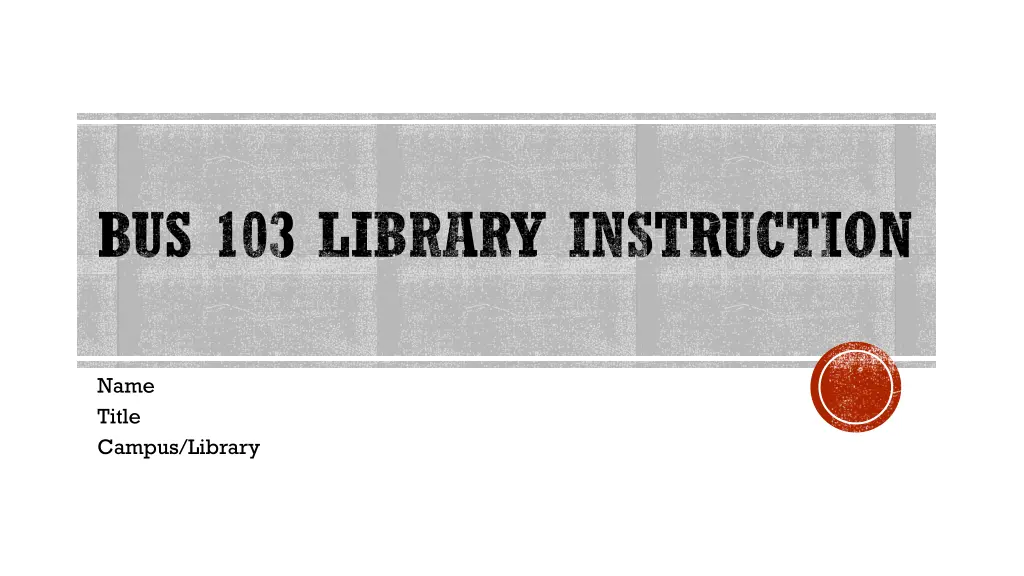
Understanding Professional Business Sources and Their Characteristics
Explore the differences between scholarly, popular, and trade sources in the context of business research. Learn about the defining characteristics, examples, and evaluation criteria for each type of source. Discover the purposes, audiences, and accountability of professional business sources to enhance your knowledge and understanding in this area.
Download Presentation

Please find below an Image/Link to download the presentation.
The content on the website is provided AS IS for your information and personal use only. It may not be sold, licensed, or shared on other websites without obtaining consent from the author. If you encounter any issues during the download, it is possible that the publisher has removed the file from their server.
You are allowed to download the files provided on this website for personal or commercial use, subject to the condition that they are used lawfully. All files are the property of their respective owners.
The content on the website is provided AS IS for your information and personal use only. It may not be sold, licensed, or shared on other websites without obtaining consent from the author.
E N D
Presentation Transcript
BUS 103 LIBRARY INSTRUCTION Name Title Campus/Library
OVERVIEW Source types Scholarly sources Popular sources Trade sources What is a professional business source? Definition Characteristics Examples Evaluation Group activity Business Infoguide Post-quiz
SOURCE TYPES Scholarly vs. Popular vs. Trade
SCHOLARLY SOURCES Purpose: To report research and new findings in the field, advance knowledge, and promote scholarly communication Audience: Students, scholars, and researchers in that field Creator: Scholars or researchers in a specific field Language: Contains language and jargon specific the discipline References: Sources are cited (bibliography) Accountability: Content is peer-reviewed
POPULAR SOURCES Purpose: To inform and/or entertain about current events or popular opinion Audience: General public Creator: Professional writers, journalists, freelance writers Language: Non-technical language References: Sources are rarely cited Accountability: Content is not peer reviewed
TRADE SOURCES Purpose: To provide news or trends in a specific field or trade Audience: Professionals in the field or trade Creator: Professionals or freelance writers in the field or trade Language: Terminology or jargon used in the field References: Sources are occasionally cited, but usually are not cited Accountability: Content may be evaluated by experts in the field
Sources specifically dedicated to analyzing, interpreting, and/or reporting on financial, economic, and business topics Professional Business Sources
CHARACTERISTICS OF PROFESSIONAL BUSINESS SOURCES Business centered trade or popular periodical Look for a mission statement or description of the periodical What about a section of a general news periodical? New York Times? NOT a scholarly or academic publication
SCHOLARLY SOURCES When should/would you use them?
EVALUATING BUSINESS SOURCES Using RADAR Rationale Authority Date Accuracy Relevance
BUSINESS INFOGUIDE HTTP://INFOGUIDES.GMU.EDU/BUSINESS
POST-SURVEY: https://bit.ly/2T6MVIm YOUR SECTION NUMBER IS...
